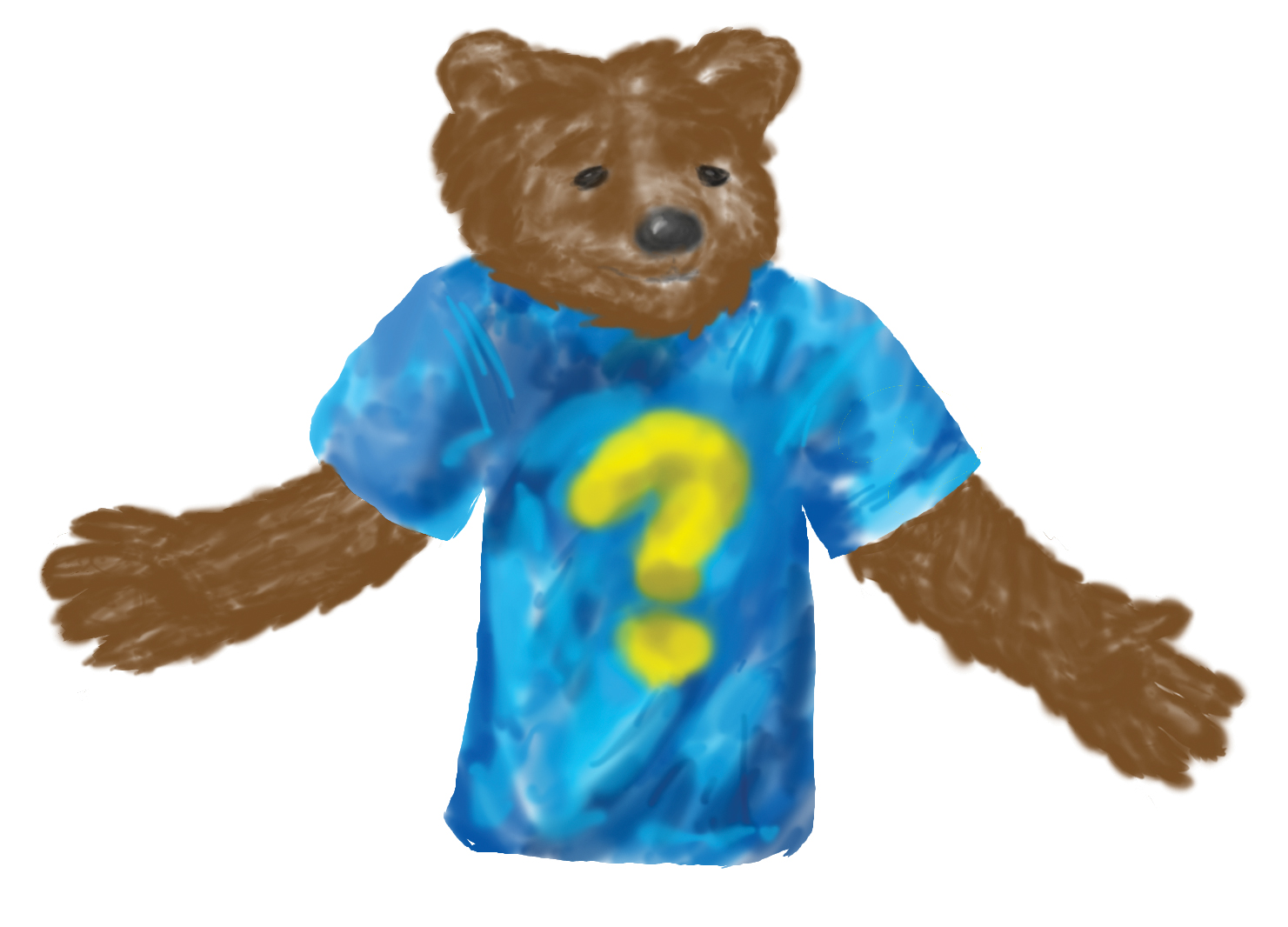Wear UCLA’s true colors with pride

History of bruin blue and gold
UCLA's school colors have evolved over the years.
1930s
"¢bull; UCLA's football jerseys are dark blue and white.
1950s
"¢bull; Football coach Red Sanders lightens football jerseys to Columbia University blue. The lighter shade made it harder to see players' numbers on black and white film, and it was more difficult for opposing teams to distinguish between players when reviewing game footage.
2004
"¢bull; Blue 285 and Gold 123 on the Pantone Matching System become UCLA's official school colors.
SOURCES: Glenn Toth, The Insider's View
Compiled by Andra Lim, Bruin senior staff.
By Andrew Dushkes
Oct. 5, 2010 1:02 a.m.
For all the words in the English dictionary, nothing speaks louder than colors. Red represents passion and desire, while yellow and green are enough to make me buy a Sprite.
UCLA has an official color, but there lacks the coordination necessary for this color to become the defining feature of the UCLA brand.
UCLA is not simply part of a system or carbon copy of some flagship school, it is its own school with its own brand and own reputation.
In fact, the reason we originally switched our official color to Columbia University blue was that it distinguished us from UC Berkeley, Glenn Toth, senior associate athletic director, said.
This is why color choice should be more than a fashion afterthought, and it is time we took the next step in embracing and supporting the meaning behind it.
UCLA’s official colors are gold 123 and blue 285, which is colloquially referred to as air force blue, strong blue or true blue. It is the same blue that is found on our home football and road basketball jerseys.
While it is important to have a wide range of styles available for purchase, brand diversity should not carry over into areas where the goal is a collective identity. This extends beyond just UCLA football and basketball games. The UCLA style should be seen on campus too.
Any UCLA clothing sponsored or distributed by the university, such as Den shirts or Volunteer Day shirts, should be in strong blue as well. Free clothing can dominate a student’s wardrobe, so the school might as well use these opportunities to promote its official colors.
Associated Students UCLA should also encourage students to purchase strong blue by dedicating a section of the store to apparel in this color. While adidas has its own section, its products are too pricey for the average college student.
Sure, there are other ways of recognizing the UCLA brand.
“We are really fortunate that our call letters are UCLA, it’s very distinctive,” said Cynthia Holmes, Director of UCLA Trademarks and Licensing.
However, the UCLA scripture and block lettering is merely a logo set against a colored backdrop, and it is that backdrop that creates an initial visceral reaction, a glimmer of recognition from across the room.
If I see burnt orange, I know that person is supporting the University of Texas, just like when I see crimson I think the University of Alabama.
These schools fill their campuses and stadiums with one solid color, which creates a strong brand identity. On top of that, staring up at a wall of orange or red can be downright intimidating.
The Rose Bowl, on the other hand, looks like a grab bag of blue M&Ms. Some people are wearing light blue while others are wearing royal blue, and more still are donning navy. When we play UC Berkeley, I cannot tell where the opposing section ends and our season ticket-holders begin.
The problem exists in Westwood too. UCLA clothing is by far the most dominant apparel on campus, but at times there are more browns, blacks and greys than there are blue. Placing the UCLA logo on many different colors may help boost sales and attract potential customers, but it also weakens national recognition.
The mystery of the varying blues lies in the fact that strong blue has only been our official shade since 2004. Prior to that the official color has run the gambit of blues.
Our football jerseys began in the 1930s as a darker blue as a result of our relationship with the UC Berkeley. The pivotal change to go lighter was made by coach Red Sanders in the 1950s because he wanted our uniform numbers to be invisible on a black and white game tape.
Most recently coach Rick Neuheisel ordered the trim on the road football jerseys switched from strong to navy blue to represent a change in the program, according to Toth.
The football jerseys are just one of many UCLA uniforms that uses a combination of light blue, strong blue and navy.
“Even the Den shirts are Columbia University blue and not strong blue due to the color’s widespread availability,” Holmes said.
This history causes manufacturers to produce clothes in many different shades that once represented UCLA at some point or another.
All of these different looks lead to a lack of a strong identity as a university.
So the next time you put on that UCLA T-shirt, do your school a favor and wear its colors, its true colors, with pride.

